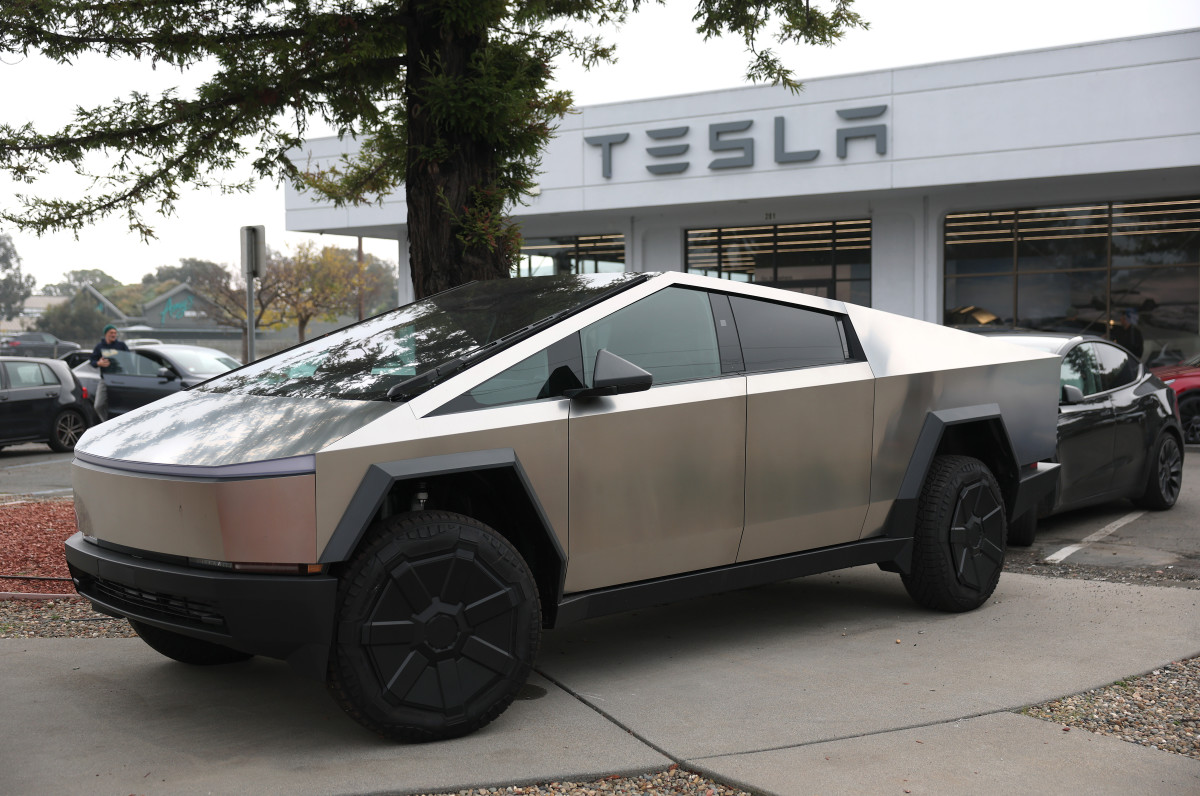 M109A6 Paladin
M109A6 Paladin
The U.S. is working on a replacement (NLOS-C) for the half century old M-109 design. The prototype of the 155mm NLOS-C, cobbled together in six months, after the new Crusader SP artillery system was cancelled in 2002, fired several thousand rounds in three years of field tests. The NLOS-C incorporates many new technologies. This includes an auto-loader (from the Crusader) and a more modern 155mm gun (the M-777, a towed, British designed system) and an APC chassis with a hybrid-electric engine (to reduce fuel consumption.) This all weighs 27 tons, about the same as the 32 ton M-109. But the NLOS only has a two man crew, compared to five in the M-109. Congress originally demanded that NLOS-C be in service by 2008, but now 2010 or '11 seems more likely.
Meanwhile, the new Excalibur GPS guided shell, which entered service in the past year, could change everything. Excalibur appears to work in combat, and this is radically changing the way artillery operates. Excalibur means 80-90 percent less ammo has to be fired, resulting in less wear and tear on artillery systems (M-109 or NLOS-C), less time needed for maintenance, less time replenishing ammo supplies, and more time being ready for action. The NLOS-C uses GPS and networked computers to take care of navigation, fire control and communicating with its customers (the infantry and armored vehicles of the combat brigade it supports). Each battery (4-6 guns) has several support vehicles with ammo resupply, maintenance and such. Thus while each NLOS-C only has a crew of two, there are additional support personnel available to help with maintenance. This is another new development, a crew too small to do all its own maintenance, that will require a lot of testing.
If the new NLOS-C self-propelled gun works out, the M-109s may disappear a lot more quickly. But maybe not. Currently, the army plans to keep M109s around until 2050, just in case. With cheaper and easier to replace electronics, and the GPS guided shells, the M-109s appear perfectly capable. You never know, and it pays to be careful.



















No comments:
Post a Comment